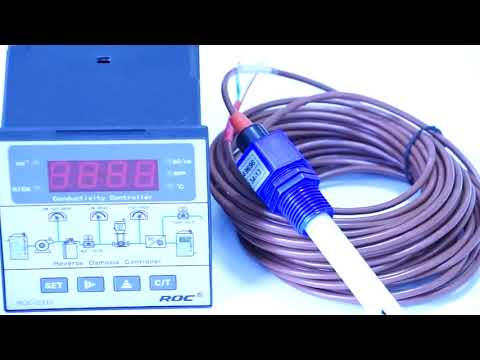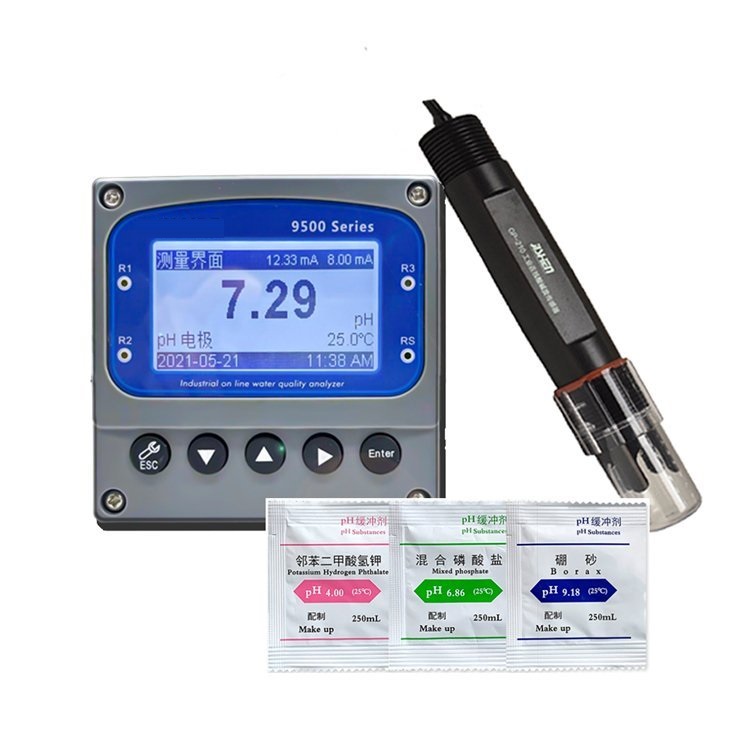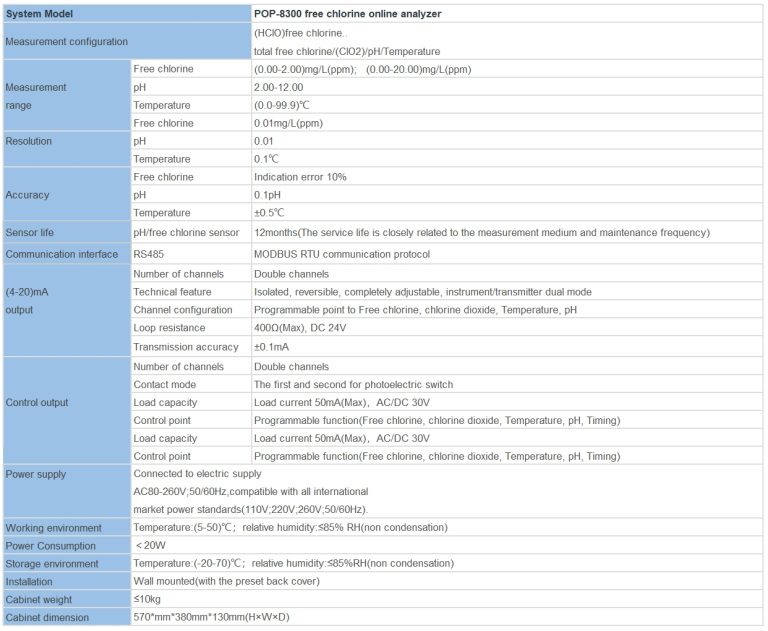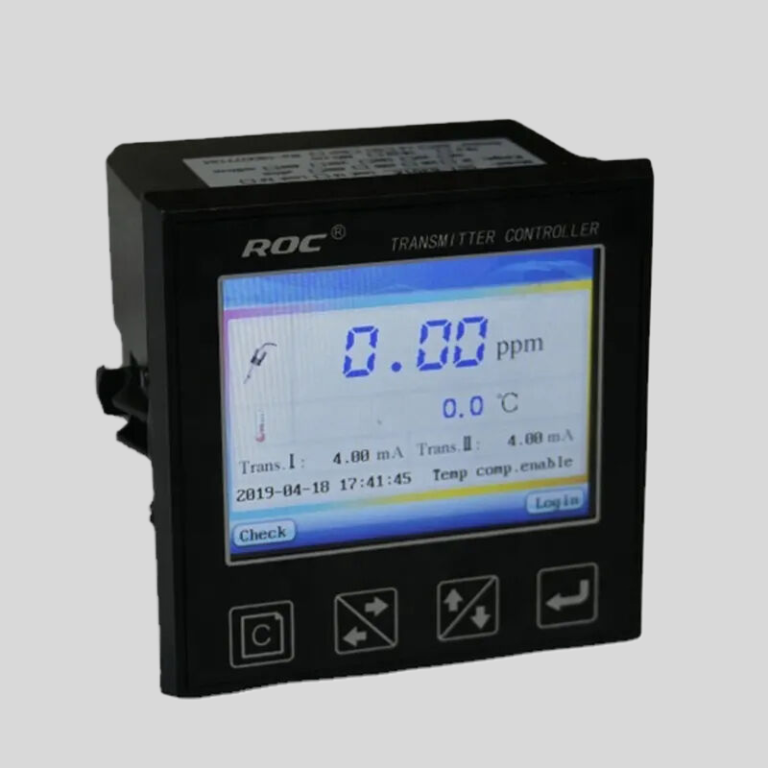Table of Contents
Benefits of Regular Peak flow meter Monitoring
A peak flow meter is a simple device used to measure how well your lungs are working by measuring the maximum speed at which you can blow air out of your lungs. It is a valuable tool for individuals with asthma or other respiratory conditions to monitor their lung function and track changes in their breathing. Regular monitoring with a peak flow meter can help you and your healthcare provider manage your condition more effectively and make informed decisions about your treatment plan.
One of the key benefits of using a peak flow meter is that it can help you identify early signs of worsening asthma or other respiratory conditions. By monitoring your peak flow regularly, you can track changes in your lung function and detect any decline in your breathing before symptoms become severe. This early warning can help you take action to prevent an asthma attack or other respiratory complications, such as adjusting your medication or seeking medical attention.
In addition to detecting changes in your lung function, regular peak flow monitoring can also help you assess the effectiveness of your treatment plan. By tracking your peak flow measurements over time, you can see how well your medications are working and whether any adjustments are needed. This information can be valuable for both you and your healthcare provider in determining the best course of action to manage your condition and improve your lung function.
Another benefit of regular peak flow monitoring is that it can empower you to take control of your respiratory health. By tracking your peak flow measurements and understanding how they relate to your symptoms, you can become more proactive in managing your condition and making informed decisions about your care. This sense of empowerment can help you feel more confident in managing your asthma or other respiratory conditions and improve your overall quality of life.
In conclusion, regular monitoring with a peak flow meter can provide numerous benefits for individuals with asthma or other respiratory conditions. By tracking changes in your lung function, assessing the effectiveness of your treatment plan, identifying triggers, and empowering you to take control of your respiratory health, a peak flow meter can be a valuable tool in managing your condition and improving your quality of life. If you have asthma or another respiratory condition, talk to your healthcare provider about incorporating peak flow monitoring into your routine to help you better manage your condition and stay healthy.
Guidelines for Determining Frequency of Peak Flow Meter Usage
A peak flow meter is a simple device used to measure how well your lungs are working by measuring the maximum speed at which you can blow air out of your lungs. It is commonly used by individuals with asthma to monitor their lung function and track changes in their breathing. However, determining how often to use a peak flow meter can be a bit confusing for some people. In this article, we will discuss some guidelines for determining the frequency of peak flow meter usage.
The frequency of peak flow meter usage can vary depending on the individual and their specific needs. In general, it is recommended to use a peak flow meter at least once a day, preferably in the morning before taking any asthma medications. This can help you establish a baseline measurement of your lung function and track any changes over time.
If you are experiencing asthma symptoms or have been exposed to triggers that may worsen your asthma, such as allergens or pollutants, it is important to use your peak flow meter more frequently. This can help you monitor your lung function more closely and take appropriate action if your peak flow readings indicate a decline in lung function.
It is also important to use your peak flow meter before and after using your rescue inhaler or other asthma medications. This can help you determine how well your medications are working and whether any adjustments need to be made to your treatment plan.
If you are experiencing a flare-up of asthma symptoms or have been diagnosed with a respiratory infection, it is recommended to use your peak flow meter more frequently, such as every 4-6 hours. This can help you monitor changes in your lung function and determine if you need to seek medical attention.
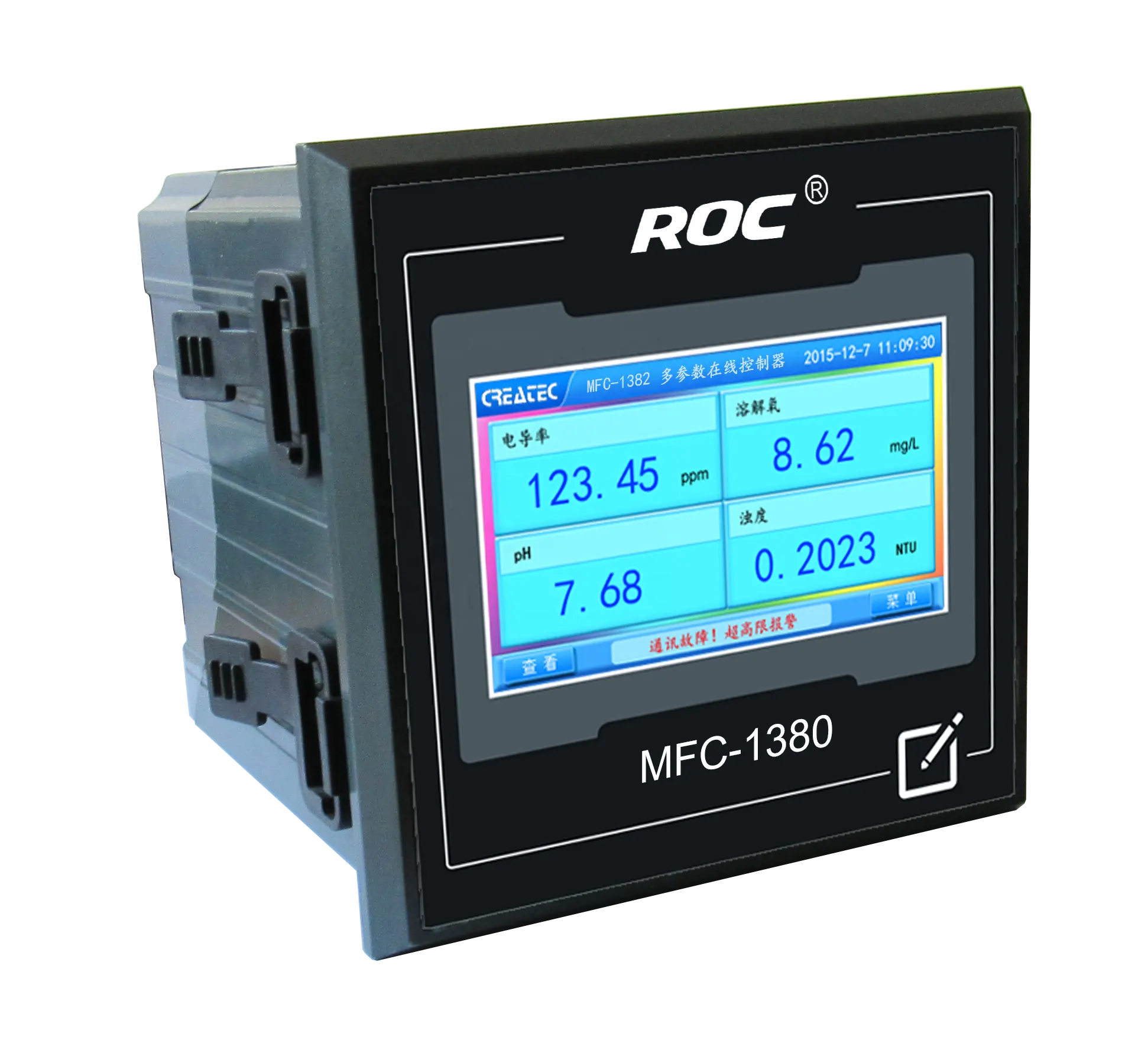
In addition to using your peak flow meter regularly, it is important to keep a record of your peak flow readings. This can help you and your healthcare provider track changes in your lung function over time and make informed decisions about your asthma management.
| Measurement range | N,N-Diethyl-1,4-phenylenediamine (DPD) spectrophotometry | |||
| Model | CLA-7112 | CLA-7212 | CLA-7113 | CLA-7213 |
| Inlet channel | Single channel | Double channel | Single channel | Double channel |
| Measurement range | Free chlorine\\uff1a(0.0-2.0)mg/L ,Calculated as Cl2; | Free chlorine:(0.5-10.0)mg/L ,Calculated as Cl2; | ||
| pH\\uff1a\\uff080-14\\uff09\\uff1bTemperature\\uff1a\\uff080-100\\uff09\\u2103 | ||||
| Accuracy | Free chlorine:\\u00b110% or \\u00b10.05mg/L(take the large value),Calculated as Cl2; | Free chlorine:\\u00b110% or\\u00b10.25mg/L(take the large value),Calculated as Cl2; | ||
| pH:\\u00b10.1pH\\uff1bTemperature\\uff1a\\u00b10.5\\u2103 | ||||
| Measurement Period | \\u22642.5min | |||
| Sampling interval | The interval (1\\uff5e999) min can be set arbitrarily | |||
| Maintenance cycle | Recommended once a month (see maintenance chapter) | |||
| Environmental requirements | A ventilated and dry room without strong vibration;Recommended room temperature\\uff1a\\uff0815\\uff5e28\\uff09\\u2103\\uff1bRelative humidity\\uff1a\\u226485%\\uff08No condensation\\uff09 | |||
| Water sample flow | \\uff08200-400\\uff09 mL/min | |||
| Inlet pressure | \\uff080.1-0.3\\uff09 bar | |||
| Inlet water temperature range | \\uff080-40\\uff09\\u2103 | |||
| Power supply | AC (100-240)V\\uff1b 50/60Hz | |||
| Power | 120W | |||
| Power connection | The 3-core power cord with plug is connected to the mains socket with ground wire | |||
| Data output | RS232/RS485/\\uff084\\uff5e20\\uff09mA | |||
| Size | H*W*D\\uff1a\\uff08800*400*200\\uff09mm | |||
If you are unsure about how often to use your peak flow meter or have any questions about monitoring your lung function, it is important to consult with your healthcare provider. They can provide guidance on how to use your peak flow meter effectively and help you develop a personalized monitoring plan based on your individual needs.
In conclusion, using a peak flow meter is an important tool for individuals with asthma to monitor their lung function and track changes in their breathing. The frequency of peak flow meter usage can vary depending on the individual and their specific needs, but in general, it is recommended to use a peak flow meter at least once a day. By following these guidelines and working closely with your healthcare provider, you can effectively monitor your lung function and manage your asthma more effectively.

